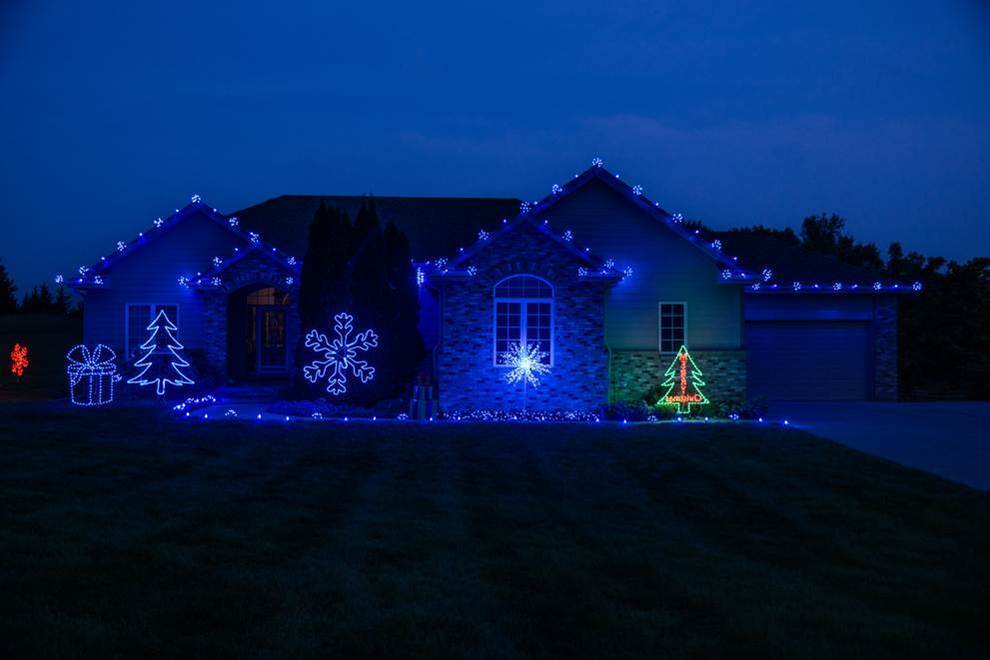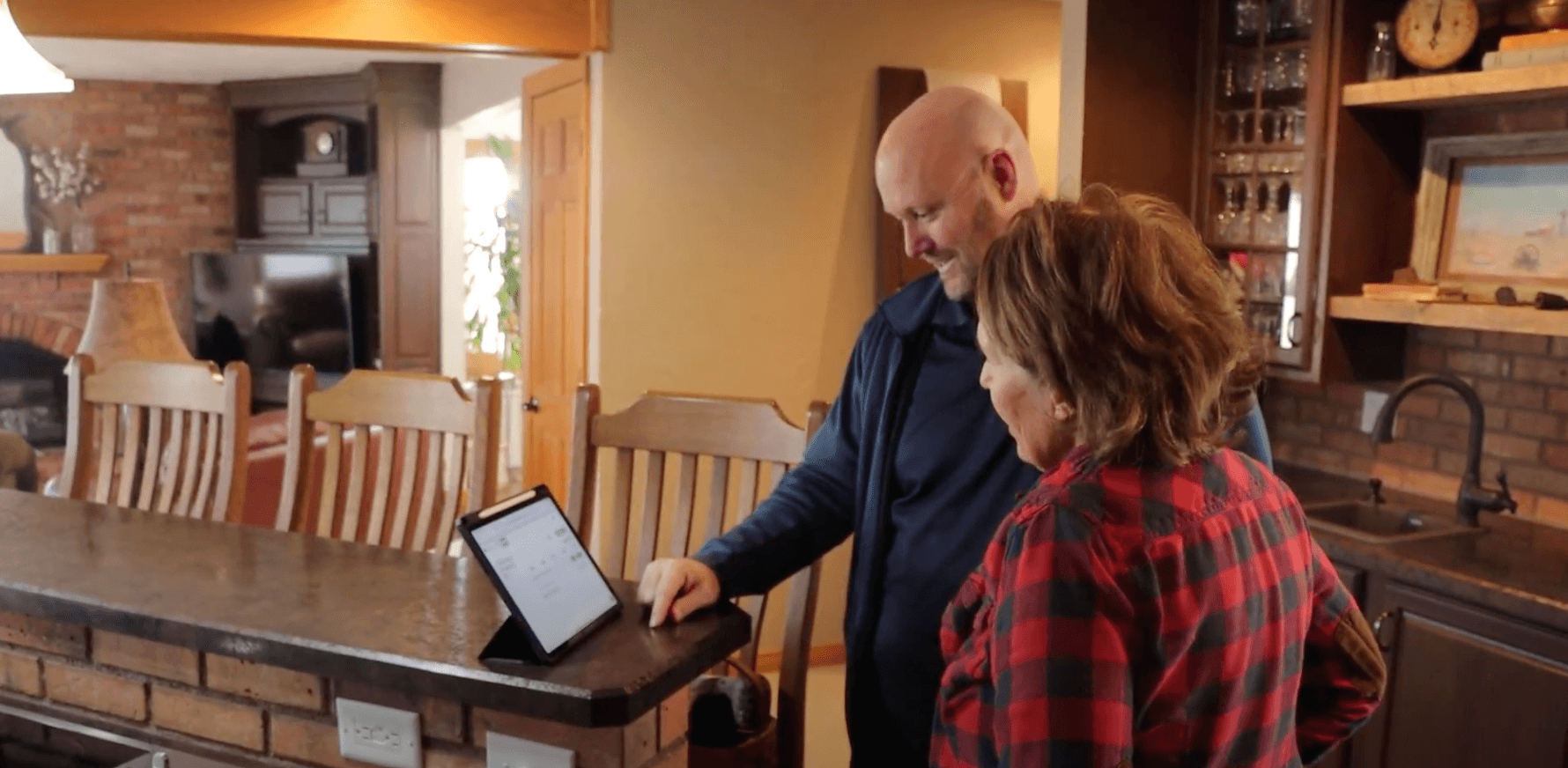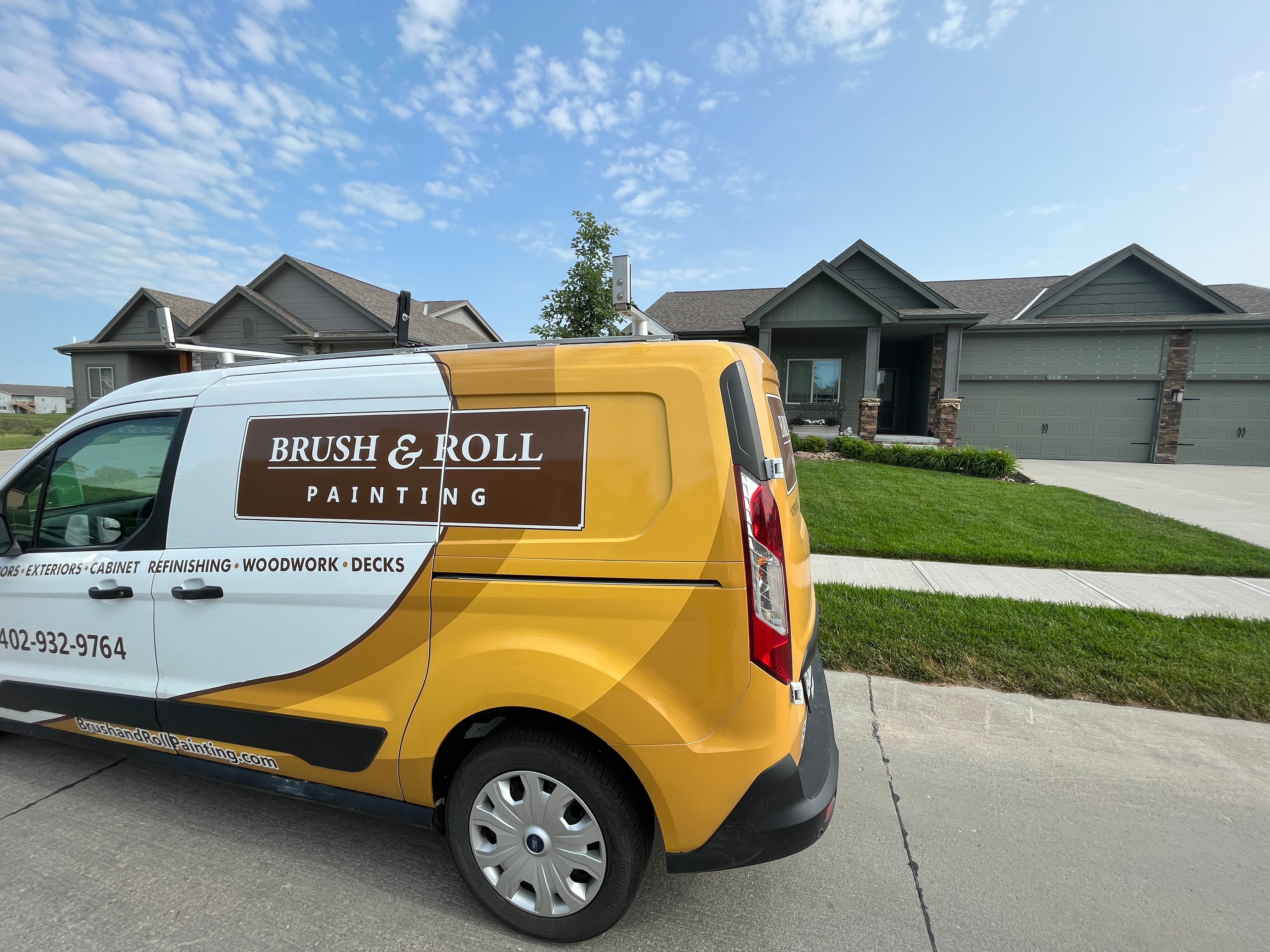How Exterior Paint Can Start To Look White and Chalky
September 22nd, 2023
3 min read
.png?width=800&height=418&name=Website%20Image%20Size%20(10).png)
The exterior of a house is its first line of defense against the elements, making the appearance of your home's exterior paint crucial to its overall curb appeal and protection. However, homeowners sometimes need help with an issue where their once-vibrant exterior paint looks chalky and dull.
That’s where we can help. With over 25 years of experience and industry knowledge in the Omaha metro, at Brush & Roll painting, we have handled our fair share of exterior houses that have chalky paint.
In this article, we'll delve into why exterior paint can begin to look chalky and explore the steps you can take to prevent and remedy this issue. By reading this, you can have a plan in place on how to tackle your chalky white exterior paint.
Understanding the Chalky Appearance
The chalky appearance on the surface of exterior paint is often referred to as "chalking." Chalking occurs when the binders and pigments in the paint degrade due to various environmental factors.
This degradation results in a white, powdery residue on the paint's surface. The severity of chalking can vary, ranging from a light, barely noticeable dusting to a more prominent and visibly faded appearance.
Causes of Chalking On Exterior Paint
1. Environmental Factors on Exterior Paint
Ultraviolet (UV) radiation from the sun is one of the primary culprits behind chalking. Over time, prolonged exposure to UV rays breaks down the binders and pigments in the paint, causing them to deteriorate and lose their color intensity.
This process is more common in paints with lower-quality pigments and binders. These ingredients are a key component in paint.
2. Aging Exterior Paint
Just like any other material, paint ages over time. Even the highest quality paints will eventually succumb to the effects of weather and time.
As the paint ages, its protective qualities weaken, making it more susceptible to chalking.
3. Outdoor Moisture and Humidity
Excessive moisture and high humidity levels can expedite the degradation of paint. Water can penetrate the paint film and cause it to swell and contract with temperature changes, leading to the breakdown of the paint's integrity and the appearance of chalking.
Although Nebraska doesn’t have excessive heat continuously, our weather is still known to provide humidity and moisture that can damage your paint.
4. Inadequate Preparation
Proper surface preparation before painting is crucial to ensure paint adhesion and longevity.
When surfaces are not adequately cleaned, primed, or stripped of old, flaking paint, the new coat may not adhere properly, resulting in chalking over time.
5. Low-Quality Exterior Paint
The quality of the paint used also plays a significant role. Paints with lower pigment concentrations, fewer binders, and inadequate UV protection are likelier to chalk quickly.
Investing in high-quality, UV-resistant paints can significantly eliminate chalking issues. Higher-quality paints can have a higher price, but they will give you the most bang for your buck.
Prevention and Remedies
To fix this issue, the white chalky paint can not simply be painted over. The surface needs the following work done to ensure a clean and fresh exterior finish that will last many years:
1. High-Quality Paint Selection
Opt for high-quality exterior paints with UV-resistant properties. These paints are formulated to withstand sun exposure and maintain their color vibrancy for a more extended period.
Two common companies that carry a range of exterior paint are Sherwin Williams and Benjamin Moore; compare the two to see which is best for you.
2. Surface Preparation
It is crucial to ensure that the exterior walls are thoroughly cleaned and prepared before applying new coats of paint. This includes removing dirt and grime by power washing, caulking nail holes and cracks, and scraping old flaking paint to ensure proper adhesion.
3. Priming
Applying a primer before painting can enhance paint adhesion and help prevent chalking. Primers create a barrier between the surface and the paint, improving durability.
4. Regular Maintenance
Routine cleaning and maintenance of your home's exterior can help prevent the buildup of dirt, dust, and pollutants contributing to chalking. Gently washing the exterior walls can extend the life of the paint.
5. Appropriate Repainting Schedule
Depending on the climate and level of exposure, consider repainting every 10-15 years to maintain the appearance and protection of your home's exterior.
Conclusion
The chalky appearance of exterior paint can be a frustrating challenge for homeowners seeking to maintain their home's aesthetic appeal.
Understanding the causes of chalking, such as UV exposure, aging, moisture, inadequate preparation, and low-quality paint, can empower homeowners to take proactive measures. By selecting high-quality exterior paint products, preparing surfaces well, and implementing regular maintenance routines, you can extend the life of your exterior paint and keep your home looking vibrant and welcoming for years to come.
When you’re ready to rid your exterior paint of chalky white residue completely, schedule an estimate with Brush & Roll Painting.
Our thorough prep work process and use of high-quality Benjamin Moore exterior paints, as well as our 2 to 9-year warranty, guarantees long-lasting paint and pigment.
Kaylea is the Brush & Roll Painting Content Manager. Kaylea is a Journalism and Media Communications summa cum laude graduate with a minor in Marketing from the University of Nebraska at Omaha. Kaylea manages the marketing for Brush & Roll Painting.

















-Jul-23-2025-02-21-33-5468-PM.png?width=800&height=418&name=Blog%20Post%20Image%20Size%20(2)-Jul-23-2025-02-21-33-5468-PM.png)




-Oct-22-2025-01-39-19-5208-PM.png?width=800&height=418&name=Blog%20Post%20Image%20Size%20(1)-Oct-22-2025-01-39-19-5208-PM.png)


